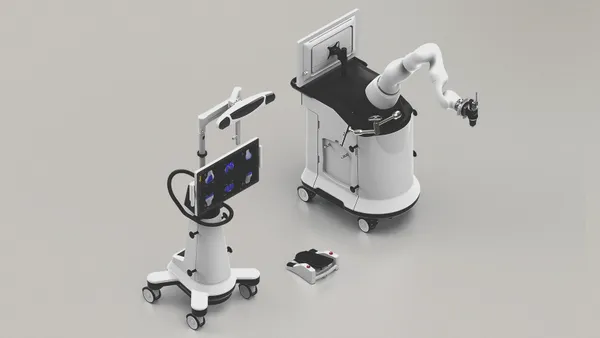Dive Brief:
- The U.S. Food and Drug Administration is asking for public input on the transition to at-home care and how it can support enabling technologies.
- As part of its push to advance health equity, the FDA has posed a series of home-care questions to the medtech industry, including a query about how it can support the development of devices for use in non-clinical care settings.
- Other questions cover how digital health technologies can support home-based healthcare, the device design attributes that facilitate use outside of clinical settings and methods for generating data to inform regulatory reviews.
Dive Insight:
The development of remote patient-monitoring devices and other connected medical technologies has made it possible to treat more patients at home. In theory, home care can help reduce costs and risks associated with spending time in healthcare facilities and lessen burdens on patients. The COVID-19 pandemic accelerated uptake and validation of telehealth and remote monitoring, setting the stage for wider use of the technologies.
In its request for comment, the FDA’s Center for Devices and Radiological Health said it is committed to “facilitating access to medical devices designed to be safe and effective when used outside of traditional clinical settings, for example, medical devices intended for use in the home.” The questions posed by the FDA cover the information it may need to deliver on that promise.
Some of the questions are broad, covering the factors that “effectively institute patient care that includes home-based care” and the medical procedures that are ideal for transitioning to the home. Other questions focus on what the FDA can do. The agency wants to know how it can facilitate access to medical technologies when people are unable or unwilling to access care in clinical settings.
Officials said the interest in allowing people to access care wherever they are is consistent with the FDA’s goal of advancing health equity. One question asks what digital health technology design attributes “could better facilitate their use by diverse patient populations outside of a clinical setting” and what other factors can improve acceptance in older adults and non-English speakers.
The FDA is accepting comments until the end of August.












